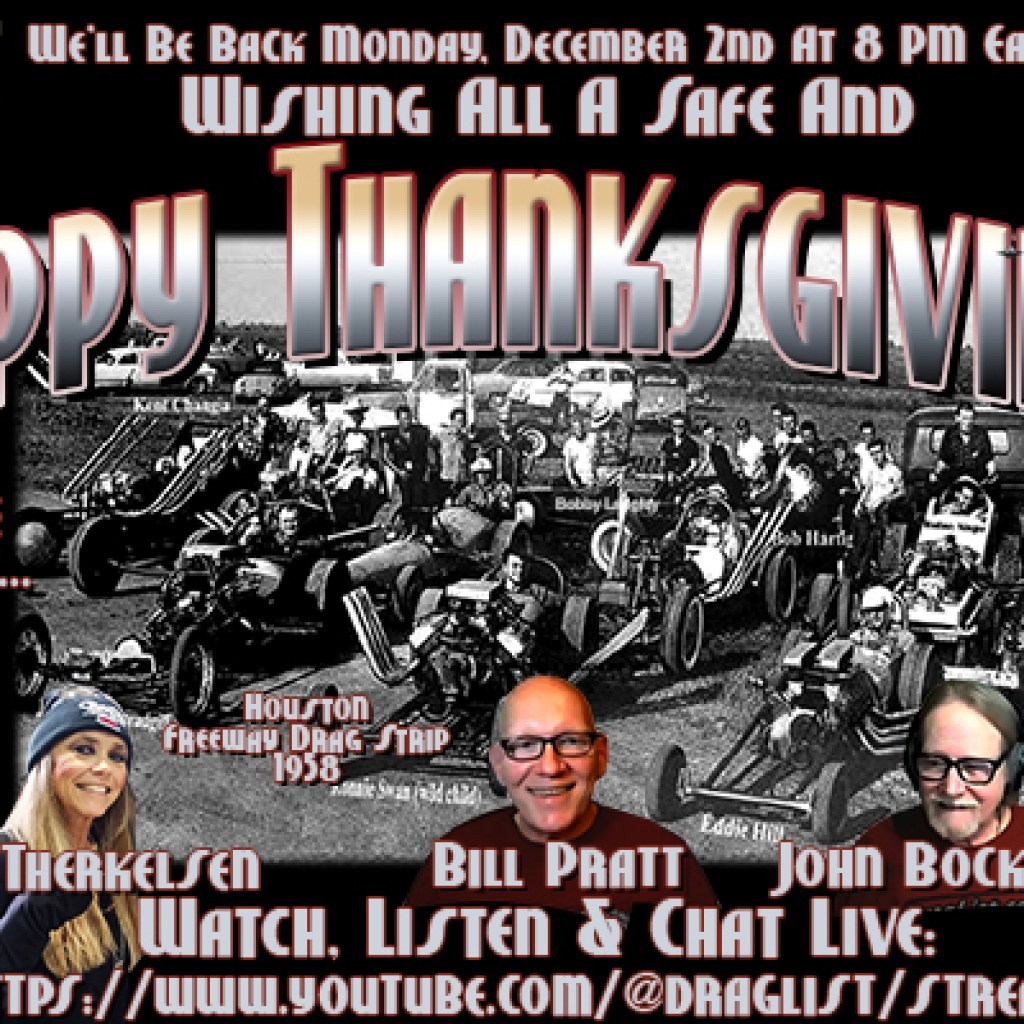NHRA’s Alan Reinhart Explains Why John Force’s Parachutes Failed to Deploy in Richmond Crash
In the wake of John Force’s serious crash at the NHRA Virginia Nationals in Richmond, many questions have circulated about why the 16-time Funny Car champion’s parachutes failed to deploy. NHRA announcer Alan Reinhart recently shed light on this issue during an appearance on Joe Castello’s WFO Radio show.
Reinhart explained that he spoke extensively with NHRA’s technical department, particularly Lonnie Grim, about the investigation into the incident. According to Reinhart, the reason for the parachute failure was quickly determined and shared with Funny Car teams.
“The system works pretty simply, and simple is better,” Reinhart said. He detailed that the Electrimotion safety system can be triggered in three ways: by the RF at the finish line, if it senses an engine issue, or if there’s a problem with pan pressure or a blower backfire. Once triggered, the system sends a signal to open a solenoid, which sends a shot of air to a cylinder that pulls the parachutes out.
Reinhart explained the specific setup in Force’s car: “The way that JFR had set the air cylinder is mounted here, and there’s a piece of wire that runs from here to here. Simple as that. When the air cylinder’s triggered, it pulls back. When it pulls, it pulls the handles, it drops the parachutes.”
However, in this instance, the explosive engine failure compromised the area between the cylinder and the parachute levers. “In the split second while all this was going on, the area between the two was compromised,” Reinhart stated. “So now the levers are so much closer that when the cylinder activated, it didn’t pull far enough to get the parachute wires to come out of the pack.”
Reinhart emphasized that this type of failure had never occurred before, despite numerous explosive incidents in Funny Car racing over the years. He noted that once the cause was determined, the information was shared with Funny Car teams so they could examine their own systems and potentially develop improvements.
“They went to the teams and said, ‘This is what we found. You need to take a look at your car. You need to see if there’s anything that you could potentially do that you could change,’” Reinhart said. He added that it’s uncertain whether a new rule or mandate will be implemented, as the NHRA often prefers to let teams develop their own solutions to such issues.
Reinhart concluded by stating, “If there’s a better mousetrap, so to speak, then that’s what they’re going to take a look at. That’s what they’ll do next. But that is the reason that the parachutes didn’t come out.”
This explanation provides crucial insight into the mechanical failure that contributed to the severity of Force’s crash. As the drag racing community continues to monitor Force’s recovery, this information helps to clarify one of the key questions surrounding the incident.
At the time this story was published, the NHRA had yet to release an official statement as the incident was still under investigation.
This story was originally published on July 10, 2024.
The post NHRA’s Alan Reinhart Explains Why John Force’s Parachutes Failed to Deploy in Richmond Crash first appeared on Drag Illustrated.







